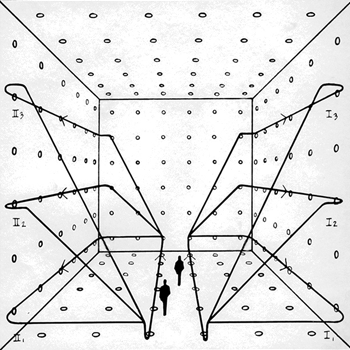These are all rational numbers, and they have a decimal expression that is either finite or infinite periodic. Let's see:
#-0.6#; this is the decimal expression, nothing to do
#-5/8=-0.625#; simply calculating 5 divided by 8
#-7/12=-0.583333...#; periodic, again by division
#-.72=-0.72#; this is the decimal expression, nothing to do
Now let's see what happens with the order of these numbers. If we consider positive numbers, say #1# and #2.3#, we know that #1 < 2.3#, but if we add first #-1# to both sides of the inequality we get
#0 < 2.3-1#, and now if we add -2.3 to both sides we get:
#-2.3 < -1#. So, if two numbers #a# and #b# are such that #a < b#, their opposites are in the reverse order #-b < -a#.
Now we can order the numbers above:
#-0.72 < -0.625 < -0.6 < -0.58333 ...#

